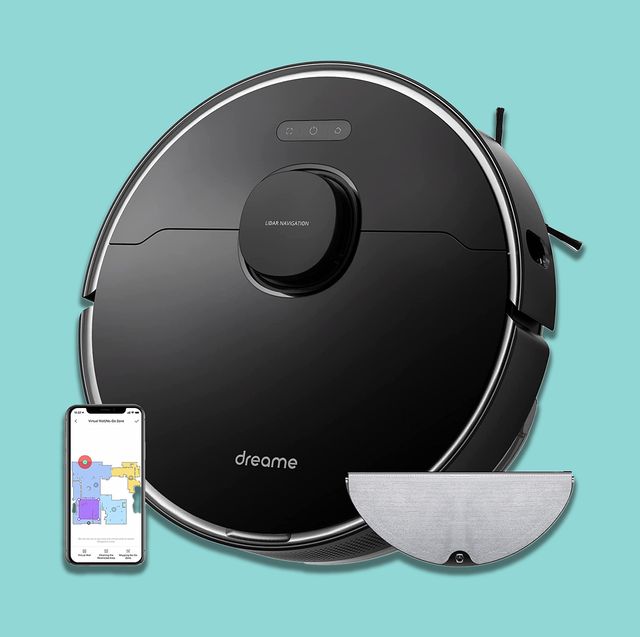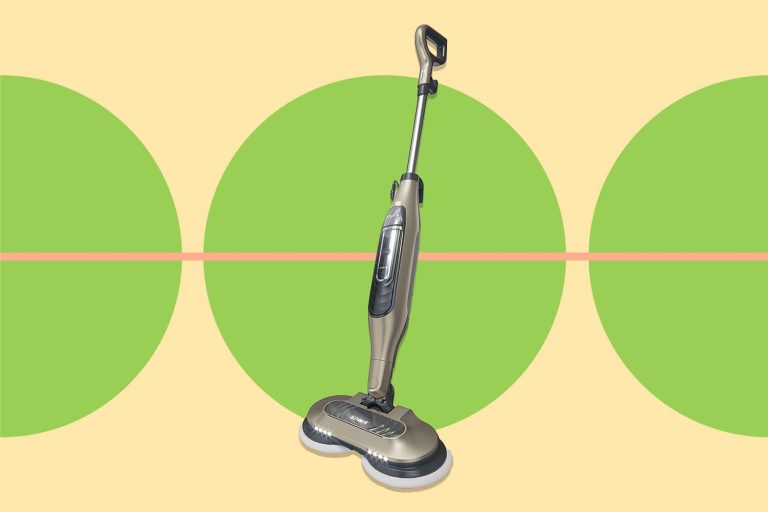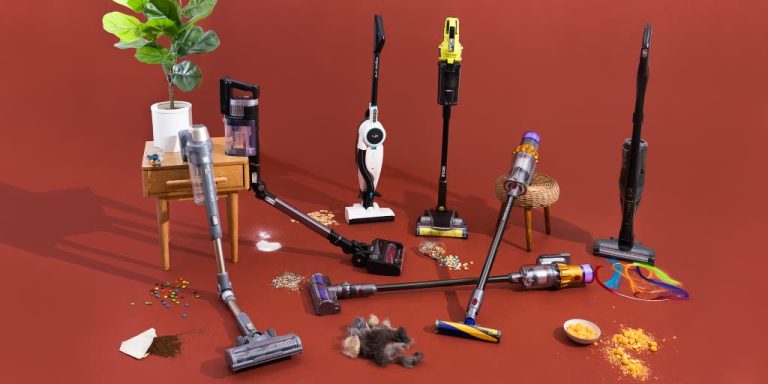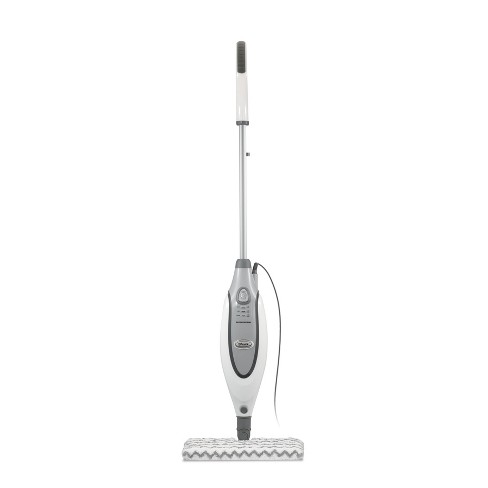How to Use a Telescopic Ladder Safely
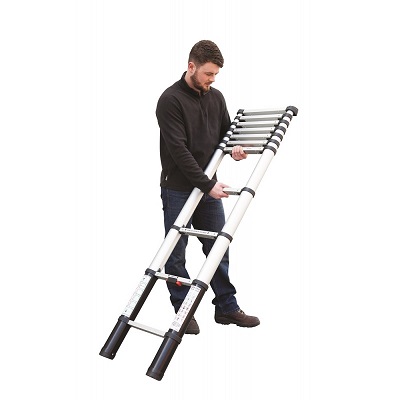
Ensure the telescopic ladder is fully extended and locked in place before climbing. Always maintain a 75-degree angle against the support surface for stability.
Telescopic ladders, known for their compact, space-saving design, provide a practical solution for both professional and DIY tasks. They collapse for easy storage and extend to varying heights but require proper handling to ensure safety. Prior to usage, users must conduct a thorough inspection to check for any damage or wear that could impact the ladder’s integrity.
Proper positioning is crucial, as is the surface on which the ladder rests; it should be level and firm to prevent slips or falls. Safety guidelines suggest facing the ladder when ascending or descending and keeping a firm grip at all times. Regular maintenance, such as cleaning the rungs and lubricating the mechanisms, can prolong the life of the ladder and contribute to a safer experience. This essential tool, when used correctly, offers convenience and efficiency for reaching new heights.

Credit: m.youtube.com
Selecting The Right Telescopic Ladder
Choosing a suitable telescopic ladder requires attention to detail. Careful selection ensures you get the right tool for the job. You want a ladder that meets your needs, is easy to store, and safe to use.
Height And Weight Considerations
Selecting the proper height for a telescopic ladder is crucial. It should reach your work area comfortably without overextending. Here’s what you need to consider:
- Maximum Height: Verify the ladder extends to the height you need for tasks.
- Closed Height: The ladder should collapse down to a manageable size for storage.
- Weight Capacity: It must support your weight along with any tools you carry.
Check the ladder’s specifications carefully. Match them with your requirements to ensure a fit.
Safety Features To Look For
Safety features keep you secure while you work. A good telescopic ladder should include:
- Locking Mechanisms: Reliable locks prevent the ladder from collapsing unexpectedly.
- Non-slip Feet: Rubber feet stabilize the ladder, preventing slips.
- Angled Thumb Release: This design ensures proper hand positioning to avoid pinching.
- Stabilizing Bars: Bars at the base enhance the ladder’s balance.
Always opt for a ladder with these safety features. They contribute to a safer working environment.
Preparation Before Use
Before unfolding your telescopic ladder, preparing properly is crucial. Safety starts with the steps you take before you even climb. Follow these guidelines to ensure a secure experience from start to finish.
Choosing A Stable Surface
Always place your ladder on firm ground. Scan the area for uneven spots, slippery surfaces, or loose material. A stable base reduces the risk of accidents.
- Avoid muddy areas where the ladder might sink.
- Ensure the surface is dry and free of debris.
- Use levelers if the ground is uneven.
Inspecting The Ladder For Defects
A thorough check can prevent hazardous mishaps. Examine your telescopic ladder for any signs of wear or damage before use.
| Check | What to Look For |
|---|---|
| Rungs | Bends, cracks, or breaks |
| Locking Mechanisms | Proper engagement and signs of corrosion |
| Side Rails | Visible defects or warping |
| Feet | Intact anti-slip pads |
Operate all mechanisms to ensure they work smoothly. Report any issues immediately and do not use a defective ladder.
The Safe Extension And Locking Mechanism
Working with a telescopic ladder requires knowing the safe extension and locking mechanism. These ladders reach impressive heights and push compact storage to the limit. Safety is paramount. Proper extension and secure locking save lives. Here’s how to ensure each step is safe.
Step-by-step Extension Process
Extending a telescopic ladder is simple if you follow this process:
- Position the ladder on a firm and level surface.
- Check for obstacles both above and around the ladder.
- Start from the bottom and extend each section, securing it in place before moving to the next.
- Ensure hands are clear from the locking mechanisms to avoid pinching.
- Extend the ladder to the desired height but do not go beyond the maximum extension mark.
Verifying Locks And Hinges
After extending the ladder, always verify the following:
- Each section is locked by visually checking and gently tugging on rungs.
- Hinges are secure with no looseness or movement.
- Listen for the click sound that indicates sections are locked in place.
- Do a final check before ascending the ladder to ensure all safety measures are met.
Never climb without completing these checks. Your well-being depends on it.
Proper Climbing Techniques
Telescopic ladders are handy tools for reaching high places, but knowing the right climbing techniques is key for your safety. Proper use prevents accidents and injuries. Let’s explore how to climb a telescopic ladder with care and confidence.
Maintaining Balance And Grip
Always face the ladder when you climb. Your belly button should be in line with the ladder rungs. This keeps your balance. Wear shoes with non-slip soles to prevent slipping.
- Use both hands when climbing.
- Keep a firm grip on the rungs.
- Move slowly and deliberately—no sudden moves.
Check that the ladder is fully extended and locked in place. Before climbing, inspect for any damage or loose parts.
Avoiding Overreaching Movements
Extend your arms only within a comfortable range. Do not lean or stretch beyond the ladder’s sides. The ‘belt buckle’ rule is simple: keep your belt buckle within the ladder’s rungs.
| Do | Don’t |
|---|---|
| Keep both feet on the ladder | Stand on the top rung |
| Stay centered between side rails | Shift your weight to the sides |
If you need to reach farther, climb down and move the ladder. This is safer than overreaching. Follow these steps every time for safe and efficient use of your telescopic ladder.
Maintenance And Storage Of Your Telescopic Ladder
Proper care keeps your telescopic ladder reliable and extends its life. Follow these tips for ladder maintenance and storage.
Regular Cleaning And Lubrication
Dirt and debris can cause damage to the moving parts of a telescopic ladder. It’s important to clean your ladder regularly to prevent this. Here’s a simple cleaning routine:
- Extend the ladder fully and wipe down each rung with a damp cloth.
- Use a mild detergent if needed to remove stubborn dirt.
- Ensure the ladder is completely dry before collapsing it.
For smooth operation, apply lubricant to the moving parts. Use a silicone-based spray for best results:
- Spray the lubricant onto the locking mechanisms.
- Move the mechanisms back and forth to spread the lubricant.
- Wipe away excess lubricant with a clean cloth to prevent buildup.
Storing In A Safe And Dry Place
Correct storage is just as crucial as cleaning. Choose a dry, sheltered space to protect your ladder from the elements:
- Avoid damp areas to prevent rust and corrosion.
- Do not store heavy items on top of the ladder to keep its integrity.
- Ensure the storage area is out of children’s reach.
Use a hook or a strap to secure the ladder vertically on a wall:
- It saves space in your garage or shed.
- Prevents the ladder from falling, which could cause injuries or damage.
Remember, a well-maintained ladder ensures your safety during use. Regular maintenance and proper storage are the key.

Credit: m.youtube.com
Common Mistakes To Avoid
Telescopic ladders offer portability and convenience, but using them improperly leads to accidents. To safely reach new heights, avoid these common mistakes.
Ignoring The Weight Limit
Every ladder has a weight limit, critical for safety. Exceeding it can cause serious accidents. Check the ladder’s specifications before climbing.
- Know the maximum load including you and your tools.
- Choose a ladder rated for your combined weight.
- Regularly inspect for damage or wear that affects weight capacity.
Using Near Electrical Sources
Ladders conduct electricity, especially those made of metal. Avoid using near power lines or in thunderstorms.
| Type of Ladder | Safe Distance from Electricity |
|---|---|
| Metal | Stay at least 10 feet away |
| Fiberglass | Check the manufacturer’s recommendations |
Remember these points:
- Inspect the area for electrical hazards before setting up.
- Use a non-conductive ladder, like fiberglass, for electrical tasks.
- Never touch power lines with any part of the ladder.
Frequently Asked Questions Of How To Use A Telescopic Ladder Safely
What Are Telescopic Ladders?
Telescopic ladders are extendable ladders with overlapping sections that slide in and out. They compact for easy storage and transport. High-grade aluminum is often used, making them lightweight yet sturdy. Ideal for both professional and domestic use.
How Do You Properly Extend A Telescopic Ladder?
Always ensure the ladder is vertical before extending. Start with the lowest section and work your way up, making sure each rung locks securely in place. Keep your body centered and avoid overreaching to maintain stability while extending the ladder.
What Safety Checks Are Needed Before Using A Telescopic Ladder?
Before using, inspect for damage such as bent rungs or faulty locking mechanisms. Ensure all parts are clean and dry to prevent slippage. Check that the feet of the ladder provide a firm grip and are positioned on stable ground.
Can Telescopic Ladders Be Used On Any Surface?
Telescopic ladders require a stable, level surface to ensure safety. Avoid soft, uneven, or slippery grounds. Use stabilizers or ladder mats if necessary for extra security on less-than-ideal surfaces.
Conclusion
Safety always comes first with telescopic ladders. By following the tips provided, you maximize both efficiency and protection. Remember to inspect, set up properly, and ascend with caution. Embrace these safety measures and ensure a secure climb every time. Stay safe, and reach new heights responsibly!
